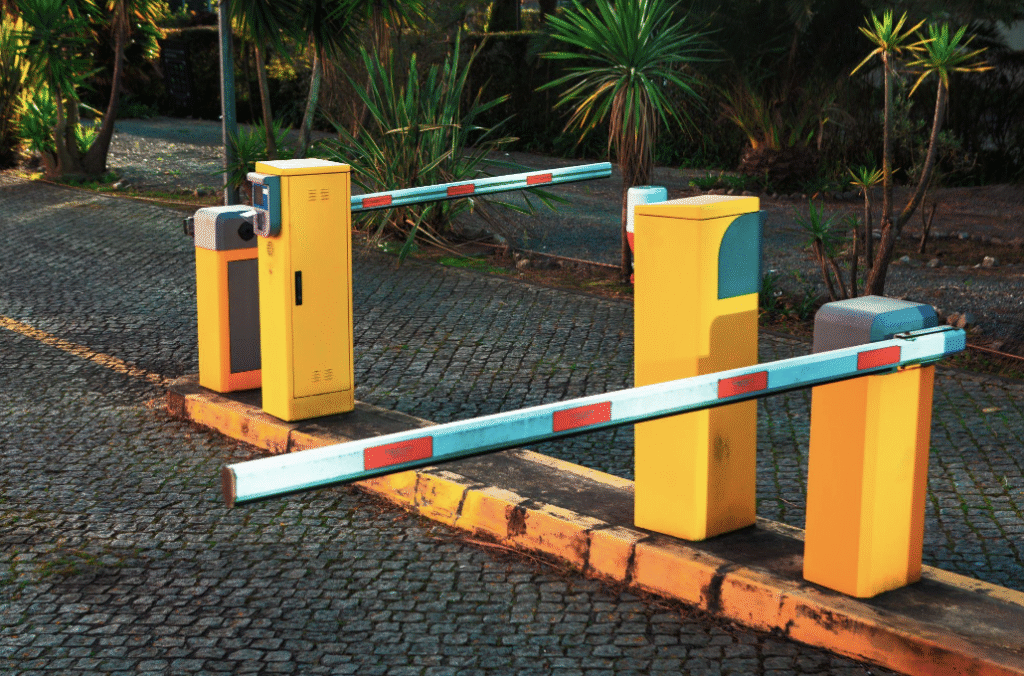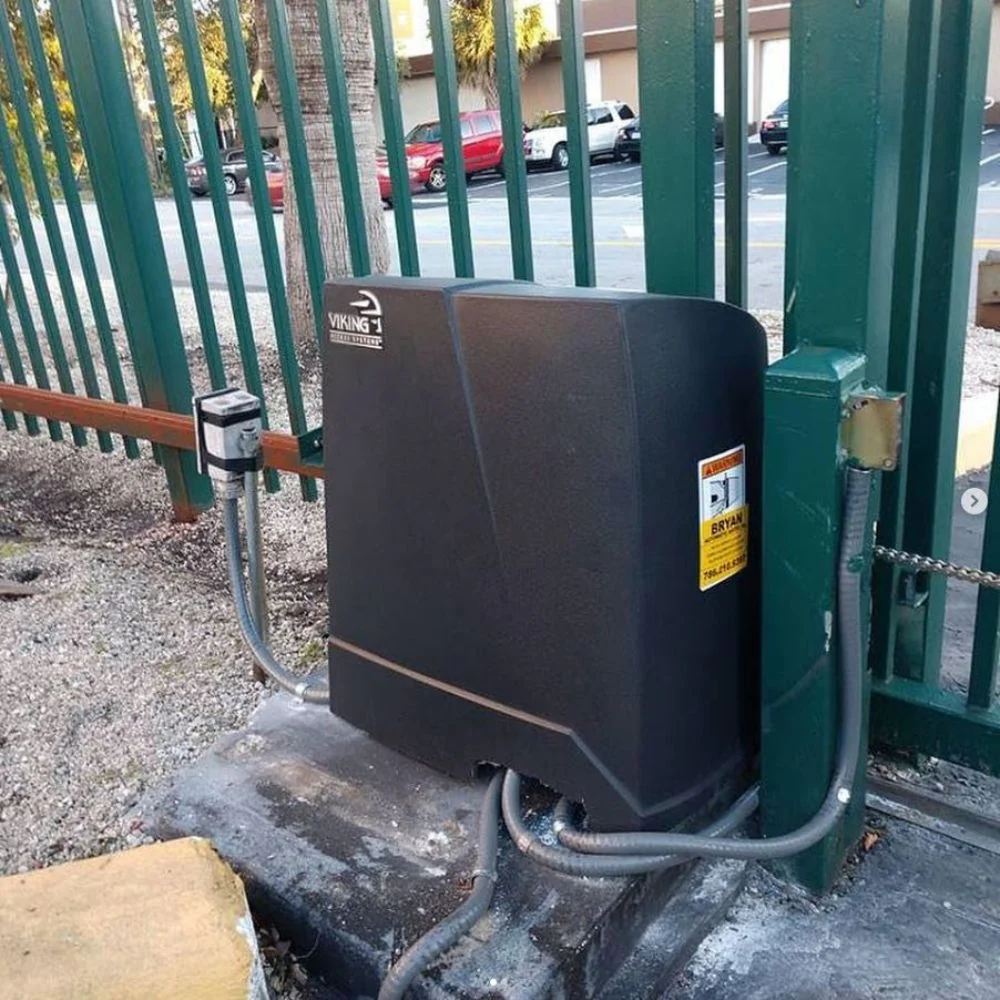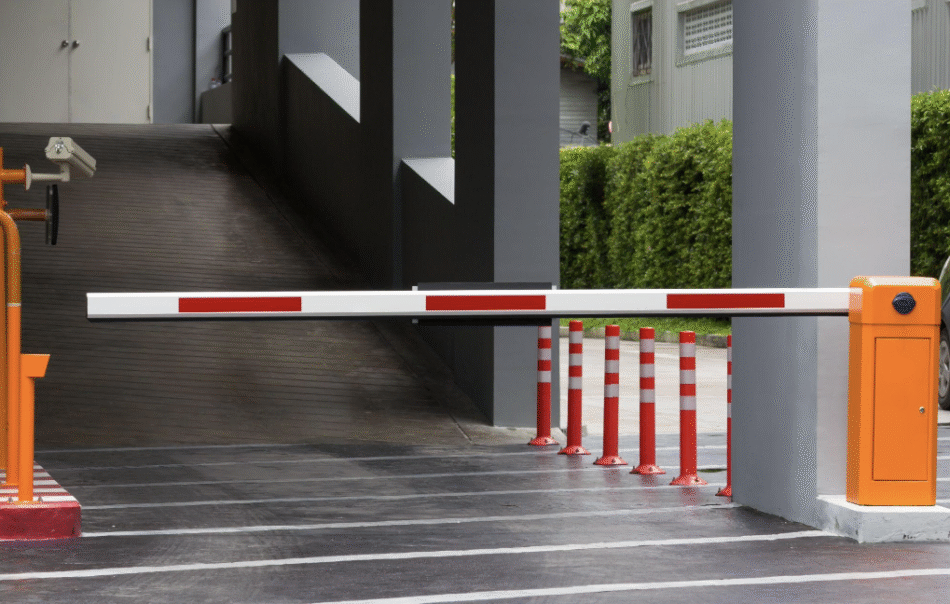For homeowners and businesses, investing in secure and convenient property entry is an important decision. At the heart of this system are US automatic gate operators, mechanical workhorses that silently open and close access points countless times each year. A common and important question arises during the selection process: How long can one expect a high quality automatic gate operator to last? Understanding average lifespan involves looking beyond a simple number and considering the complex interplay of quality, maintenance, and operating environment. While a ballpark figure exists, the true answer is that longevity is not simply a matter of time but the result of consistent care and intelligent system design.

Defining “High-Quality” in Gate Operators
Before discussing lifespan, it is necessary to define what constitutes a high quality product in this area. A high-quality gate operator is characterized by sturdy construction, usually featuring a heavy-duty metal gear train rather than plastic components. It has a powerful motor appropriately sized for the specific gate being operated, whether it is a single swing gate or a heavy sliding gate. Furthermore, the quality is reflected in the internal electronics, which include safeguards against power surges, thermal overload protection and sophisticated control logic that ensure smooth operation. These units are engineered not only for performance but for durability, designed to withstand the constant cycles of use that define their purpose.
Average life expectancy
So, what is the numerical answer? On average, a well-maintained, high quality automatic gate operator installed in the United States can be expected to last between 10 and 15 years. This is a common benchmark for the core operator unit. Some premium models, in ideal conditions and with impeccable maintenance, can even cross the 15-year mark. Conversely, low-quality units or those that have been subjected to severe neglect may fail quite quickly. It is important to view this range not as a guarantee but as a realistic projection based on the typical wear and tear experienced by mechanical and electronic systems over time. The lifespan of the entire gate system, including the physical gate structure, hinges and tracks, can vary and is often less than the operator expects.
Factors determining longevity
The 10 to 15 year average is strongly influenced by several key factors. The first is frequency of use. An operator on a commercial property that cycles hundreds of times per day will naturally wear out faster than an operator used a dozen times per day on a private residence. The second, and perhaps the most important factor, is the local climate. Operators exposed to coastal salty air, extreme desert heat, or the freeze-thaw cycles of northern winters face accelerated corrosion and component stress. Proper installation is another non-negotiable element; An operator who is misaligned or struggling against a poorly balanced gate will experience premature failure. Finally, the integration of additional security components, such as access control card readers, adds complexity. Although the readers themselves are highly durable, the reliability of the entire system depends on the correct integration and power management of all connected devices.
Important role of preventive maintenance
Perhaps the single most important variable determining the lifespan of American automatic gate operators is a consistent and thorough preventive maintenance regimen. Think of maintenance not as an optional cost but as an investment that directly extends the operating life of your equipment. A comprehensive maintenance check, ideally performed once or twice a year by a qualified technician, includes inspecting and lubricating all moving parts, checking for wear on gears and chains, testing the safety reversal mechanism, and confirming the integrity of the electrical connections. This proactive approach identifies small issues – like loose bolts or minor misalignments – before they turn into catastrophic failures that can damage the operator motor or the gate itself.
Impact of technology and access control
Modern gate systems are much more than just an operator and remote. Advanced technology, particularly the integration of access control card readers and keypads, adds a layer of functionality but also introduces additional considerations for longevity. The good news is that high-quality access control card readers are exceptionally durable, often rated for outdoor use with a weather-resistant seal. However, their electronic components are sensitive to power surges. Therefore, the system that includes these devices must be protected by a high-grade surge protector installed at the operator’s power source. This not only protects the sensitive electronics of the readers, but also protects the gate operator’s control board, preventing a costly failure that could shorten its effective lifetime.

Knowing when to upgrade or replace
Even with the best care, all mechanical systems will eventually reach the end of their serviceable life. Signs that an American automatic gate operator may need replacement include frequent repairs, a noticeable drop in operating speed or power, unusual grinding or humming noises that persist after lubrication, and frequent electrical faults. An older system may also lack modern safety features, such as adequate entrapment protection, which is an important liability. When repair costs begin to approach a large portion of the cost of a new, more efficient unit, replacement often becomes a more prudent and safer long-term decision.
Conclusion
The average lifespan of high-quality American automatic gate operators falls within the 10 to 15 year range, but this figure is a starting point for a broader conversation. Longevity is not a passive quality; This is an active achievement. This is a direct result of investing in a properly specified unit, ensuring its professional installation, and committing to a disciplined program of preventive maintenance. The integration of peripheral devices such as access control card readers underscores the need for a holistic approach to system care, including strong surge protection. Ultimately, by understanding and acting on these factors, property owners can maximize their investment, ensuring that their automatic gate provides safe and reliable service for many years, possibly even longer than the average expectancy.







